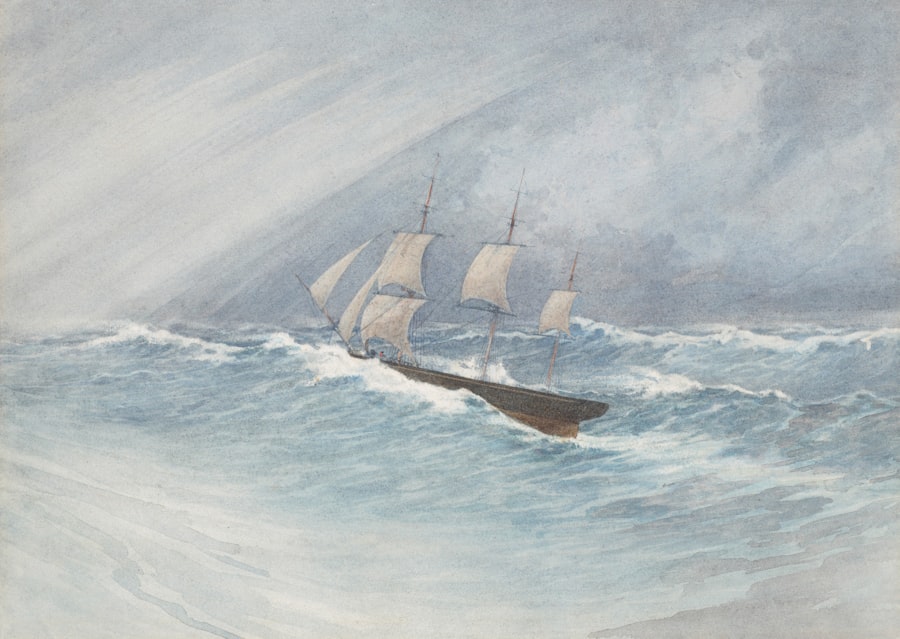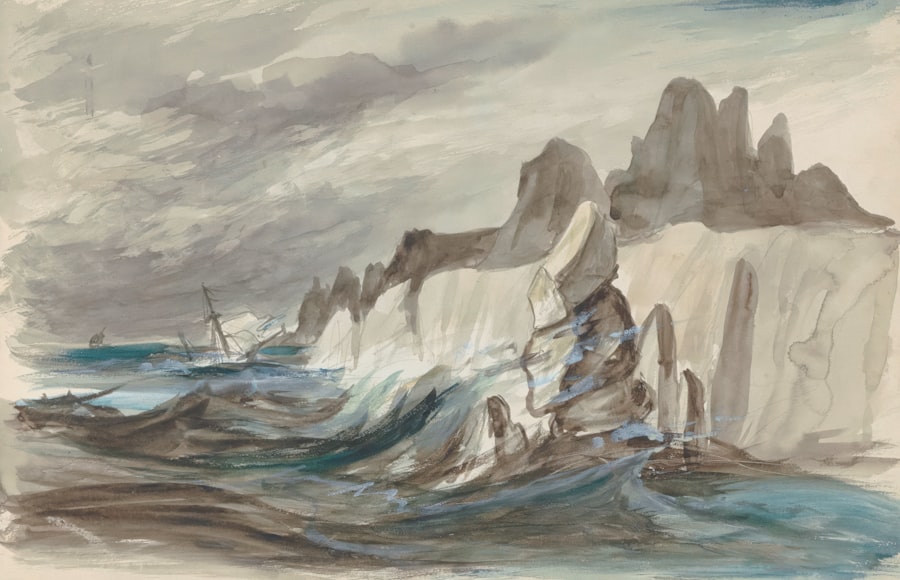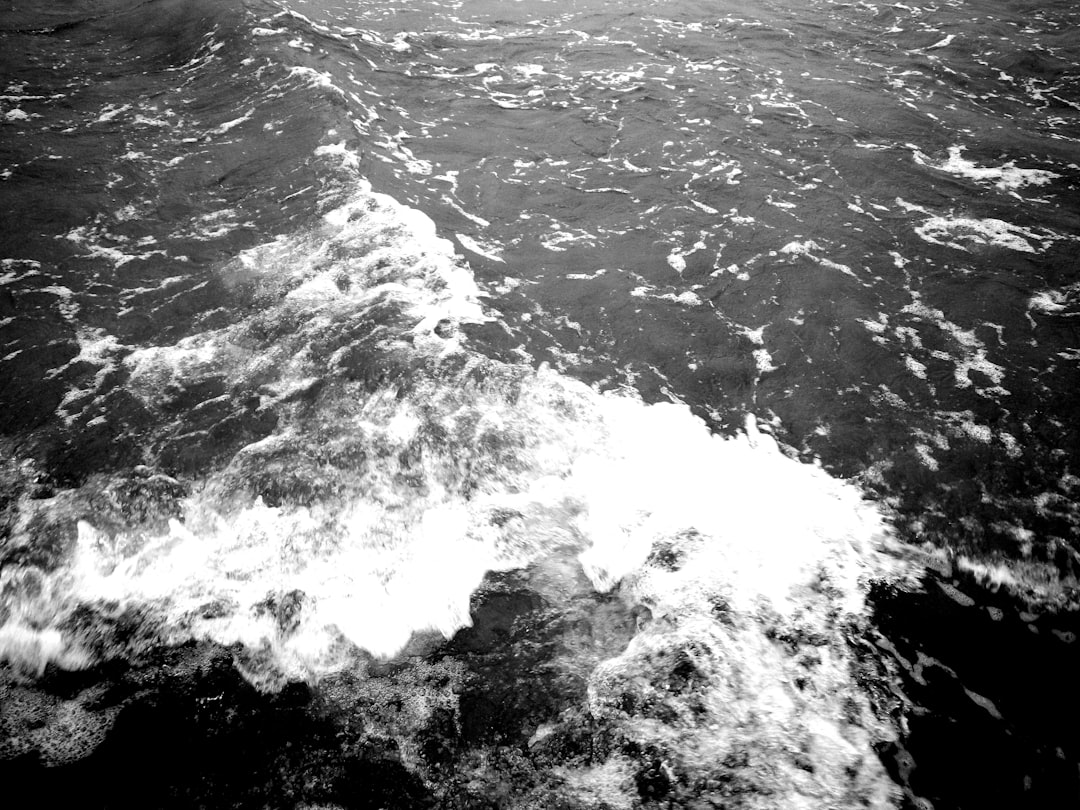Francis Drake stands as one of the most iconic figures in the annals of maritime history. Born in the late 16th century, he emerged as a formidable sailor, explorer, and privateer whose exploits would leave an indelible mark on the world. His life was characterized by a relentless pursuit of adventure and a deep-seated animosity towards Spain, which was then the dominant maritime power.
Drake’s legacy is multifaceted; he is celebrated as a national hero in England for his daring exploits against Spanish interests, yet he is also viewed with skepticism by those who see him as a pirate. Regardless of perspective, his contributions to exploration and naval warfare are undeniable. Drake’s life was not merely a series of naval engagements; it was a reflection of the broader geopolitical tensions of his time.
The late 16th century was marked by fierce competition among European powers for dominance over trade routes and colonies. In this context, Drake’s actions can be seen as both a personal quest for glory and a strategic maneuver in the larger game of empire-building. His voyages not only expanded the horizons of the known world but also paved the way for future generations of explorers and adventurers.
Key Takeaways
- Francis Drake was a renowned English explorer and naval captain known for his daring voyages and exploits against the Spanish Empire.
- Drake’s early life and career were marked by his involvement in the slave trade and privateering, which laid the foundation for his later expeditions.
- Drake’s circumnavigation of the globe from 1577 to 1580 solidified his reputation as a skilled navigator and a formidable adversary to the Spanish.
- The defeat of the Spanish Armada in 1588, largely attributed to Drake’s strategic prowess, secured his place in history as a national hero in England.
- Drake’s legacy is marked by his legendary passage, discovery of Nova Albion, raid on Spanish treasure ships, and lasting impact on exploration and trade.
Early Life and Career of Francis Drake
Francis Drake was born around 1540 in Tavistock, Devon, England, into a family of modest means. His early life was shaped by the maritime environment of the English coast, where he developed a fascination with the sea. As a young boy, he was apprenticed to a merchant sailor, which provided him with invaluable experience in navigation and seamanship.
This formative period laid the groundwork for his future endeavors, as he honed his skills and cultivated a deep understanding of maritime trade. Drake’s early career was marked by his involvement in various maritime ventures, including trading expeditions to the coasts of Africa and the Caribbean. His experiences during these voyages exposed him to the lucrative world of transatlantic trade and the burgeoning Spanish Empire’s wealth.
It was during this time that he began to adopt a more aggressive approach to maritime activities, engaging in privateering against Spanish ships. This shift not only aligned with his personal ambitions but also resonated with the English crown’s desire to undermine Spanish dominance on the high seas.
The Circumnavigation of the Globe

One of Drake’s most significant achievements was his circumnavigation of the globe between 1577 and 1580. Commissioned by Queen Elizabeth I, this expedition aimed to challenge Spanish supremacy and explore new territories. Drake set sail with five ships, but only one, the Golden Hind, would complete the journey.
The voyage was fraught with challenges, including treacherous weather conditions, hostile encounters with indigenous peoples, and dwindling supplies. Yet, Drake’s leadership and navigational skills proved instrumental in overcoming these obstacles. During this remarkable journey, Drake made several notable discoveries and contributions to geography.
He explored the coastlines of South America, mapping uncharted territories and establishing contact with various indigenous groups. His encounters were often marked by conflict, as he sought to assert English claims over these newly discovered lands. Ultimately, Drake returned to England in 1580, becoming the first Englishman to circumnavigate the globe.
This achievement not only solidified his reputation as a master navigator but also served as a powerful symbol of English maritime prowess.
The Defeat of the Spanish Armada
| Event | Details |
|---|---|
| Date | July 29, 1588 |
| Location | English Channel |
| Commanders | Spanish: Duke of Medina Sidonia English: Lord Howard of Effingham, Sir Francis Drake |
| Ships involved | Spanish: Around 130 ships English: Around 200 ships |
| Outcome | English victory, significant loss for the Spanish fleet |
Drake’s role in the defeat of the Spanish Armada in 1588 further cemented his status as a national hero. As tensions between England and Spain escalated, Queen Elizabeth I appointed Drake as vice admiral of the English fleet tasked with defending against the impending invasion. His strategic acumen and experience were crucial in organizing a response to the formidable Spanish fleet, which sought to restore Catholic rule in England.
Drake’s tactics during the conflict were characterized by boldness and innovation. He famously launched a preemptive strike against the Spanish fleet at Cadiz, disrupting their plans and buying time for the English forces to prepare for battle. When the Armada finally set sail towards England, Drake’s fleet engaged them with a combination of naval artillery and agile maneuvering.
The English ships’ superior tactics and knowledge of local waters played a pivotal role in thwarting the Spanish invasion, leading to a decisive victory that would alter the course of European history.
The Legendary Passage of Drake
The passage that bears his name—the Strait of Magellan—was another testament to Drake’s adventurous spirit and navigational prowess. While circumnavigating the globe, he sought a route through South America that would allow him to access the Pacific Ocean more efficiently than his predecessors had managed. This quest led him to discover what is now known as Drake Passage, located between Cape Horn and Antarctica.
Drake’s exploration of this treacherous waterway was fraught with peril, as he faced fierce storms and unpredictable currents. However, his determination paid off when he successfully navigated through these challenging waters, further establishing his reputation as an intrepid explorer.
The Discovery of Nova Albion

In addition to his circumnavigation achievements, Drake is credited with discovering Nova Albion, a region along the western coast of North America that is believed to be present-day California. During his voyage back to England after circumnavigating the globe, he anchored off the coast in 1579 and claimed this new territory for Queen Elizabeth
Drake’s interactions with indigenous peoples during this discovery were complex and often fraught with tension. While he sought to establish friendly relations and trade opportunities, his presence also marked the beginning of European encroachment on native lands. The claim of Nova Albion would later serve as a catalyst for further exploration and colonization efforts by other English adventurers and settlers.
The Raid on Spanish Treasure Ships
Drake’s exploits were not limited to exploration; he was also an accomplished privateer who targeted Spanish treasure ships laden with gold and silver from the New World. His raids on these vessels were both daring and lucrative, significantly enriching himself and contributing to England’s coffers. One of his most famous raids occurred in 1572 when he captured the Spanish galleon Cacafuego off the coast of Peru, seizing an enormous fortune in treasure.
These acts of piracy were not merely opportunistic; they were part of a broader strategy to weaken Spain’s economic power and assert England’s dominance on the high seas. Drake’s success in raiding Spanish treasure ships earned him both fame and infamy, as he became a symbol of resistance against Spanish imperialism. His actions were celebrated in England but condemned by Spain, which viewed him as nothing more than a common pirate.
The Legacy of Francis Drake
The legacy of Francis Drake is multifaceted and enduring. He is remembered not only as an explorer but also as a national hero who played a crucial role in shaping England’s maritime identity during a pivotal period in history. His circumnavigation of the globe opened new avenues for exploration and trade, inspiring future generations of adventurers to follow in his wake.
Moreover, Drake’s contributions to naval warfare set new standards for military strategy at sea. His innovative tactics during battles against Spain laid the groundwork for modern naval engagements. As such, his influence extends beyond mere exploration; it encompasses military history and international relations as well.
Controversies and Criticisms
Despite his celebrated status, Francis Drake’s legacy is not without controversy. Critics have pointed out that his actions often came at a significant cost to indigenous populations and rival nations alike. His raids on Spanish ships were viewed as acts of piracy rather than legitimate military engagements, raising ethical questions about his methods and motivations.
Furthermore, Drake’s interactions with indigenous peoples during his explorations were often marked by violence and exploitation. While he sought to establish trade relations, these encounters frequently resulted in conflict and displacement for native communities. As historians reevaluate his legacy, they grapple with the complexities of his character—an intrepid explorer who simultaneously embodied both heroism and imperialism.
Drake’s Impact on Exploration and Trade
Francis Drake’s impact on exploration and trade cannot be overstated. His voyages expanded European knowledge of global geography and opened new trade routes that would shape economic relationships for centuries to come. By challenging Spanish dominance on the high seas, he paved the way for other explorers and traders to venture into uncharted territories.
Moreover, Drake’s exploits contributed significantly to England’s emergence as a maritime power during the late 16th century. His successful raids on Spanish treasure ships not only enriched individual fortunes but also bolstered national pride and economic strength. This newfound wealth fueled further exploration efforts and laid the groundwork for England’s eventual colonization endeavors in North America.
Remembering Francis Drake
In contemporary times, Francis Drake is remembered through various cultural representations—books, films, and monuments that celebrate his adventurous spirit and contributions to exploration. His legacy continues to inspire interest in maritime history and exploration among scholars and enthusiasts alike. As societies reflect on their historical figures, they often grapple with the complexities inherent in their legacies.
In Drake’s case, he remains a symbol of both exploration and imperialism—a reminder that history is often multifaceted and subject to interpretation. Ultimately, Francis Drake’s life serves as an enduring testament to human ambition, resilience, and the quest for discovery that continues to shape our world today.
Sir Francis Drake, the renowned English sea captain and privateer, is best known for his circumnavigation of the globe in the late 16th century.
For those interested in exploring more about the routes and passages that Drake might have taken, a related article can be found on MyGeoQuest. This article delves into the geographical challenges and discoveries of Drake’s time, providing a fascinating insight into the world of exploration during the Age of Discovery. To read more about these intriguing historical passages, you can visit the article on MyGeoQuest.
WATCH NOW! Drake Passage: Earth’s Deadliest Waters Revealed
FAQs
What is the Francis Drake Passage?
The Francis Drake Passage is a body of water located between South America and Antarctica, connecting the Atlantic and Pacific Oceans. It is named after the English explorer Sir Francis Drake.
Where is the Francis Drake Passage located?
The Francis Drake Passage is situated between Cape Horn in South America and the South Shetland Islands of Antarctica.
Why is the Francis Drake Passage significant?
The Francis Drake Passage is significant because it provides a crucial route for ships traveling between the Atlantic and Pacific Oceans. It is also known for its challenging and unpredictable weather conditions.
What are the weather conditions like in the Francis Drake Passage?
The Francis Drake Passage is notorious for its rough seas and strong winds, making it one of the most treacherous and unpredictable stretches of water in the world. Storms and high waves are common in this area.
How did the Francis Drake Passage get its name?
The passage is named after the English explorer Sir Francis Drake, who is believed to have been the first European to navigate these waters in 1578 during his circumnavigation of the globe.
What wildlife can be found in the Francis Drake Passage?
The Francis Drake Passage is home to a diverse range of marine wildlife, including whales, seals, and various species of seabirds. It is also a popular area for whale-watching expeditions.
